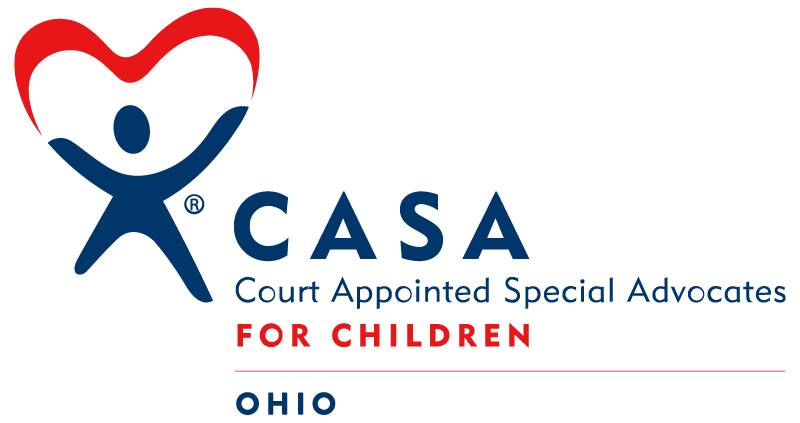
Understanding Ohio’s Child Protection System
Faculty
Denielle Ell-Rittinger and Renee Lupi
Continuing Education Accreditation
Approved: 1.5 hours Sup.R.48, 1.5 hours CLE, 1.5 hours CPE
This 1 hour and 45-minute session is in two parts; each must be fully completed to receive 1.5 hours Rule 48 continuing education certification through the Ohio CASA/GAL Association and/or 1.5 hours of continuing legal education through the Supreme Court of Ohio. A required five question quiz must be completed at the conclusion of each video for accreditation. Please remember to watch videos until the very end to access the quiz(es) and achieve course completion.
Description
This video will walk the participant through a family’s journey when the subject of a suspected child abuse, neglect, or dependency report to an Ohio Public Children Services Agency (PCSA). Although there may be some variation in application among counties, all Ohio PCSA caseworkers utilize the same tools and processes for decision-making. The presenters will examine each of those tools, their purposes, the factors a caseworker must take into consideration, and how assessments guide decision-making. Understanding these processes can help the CASA volunteer and attorney guardian ad litem identify and collaboratively secure appropriate services and protections for the child they represent.
Part 1 begins with a look at the first two stages of intervention in Ohio’s child welfare system, Intake and Assessment. As the family and caseworker move from the screening of a report to case decision, the video will examine the various decision points and assessments that are conducted to inform the caseworker’s decision, as well as the pieces that the caseworker must put in place to protect and guide the child to permanency. This includes a high-level understanding of risk, safety and family assessments, case decisions, and placement options.
Part 2 looks at the third stage of Ohio’s child welfare system, case management. This video dissects the elements of a quality case plan and helps the viewer to better understand how the language of the plan affects the family’s ability to successfully modify behavior and address the concerns that led to protective intervention. As a CASA volunteer or attorney guardian ad litem you can advocate for families to be engaged in the development of case plans that are written clearly with observable measures and actions that directly link to the identified concerns.
Faculty experience
Denielle Rittinger has more than 23 years of professional experience in the field of child welfare. She serves as both Ohio’s State Liaison Officer and Ohio’s Child Abuse Prevention and Treatment Act Coordinator to the U.S. Department of Health and Human Service’s Children Bureau, as well as Ohio’s representative for the National Child Abuse and Neglect Data System. In addition to various training, support, and technical assistance activities, Denielle’s team is responsible for the development of the Ohio Administrative Code rules and policies that govern the provision of child protective services throughout Ohio.
Renee Lupi, Esq. has over 16 years of professional experience in the field of child welfare. She provides policy guidance to Ohio’s public children services agencies and ODJFS staff and develops child welfare program rules to be used in the Ohio Administrative Code and accompanying documents. Prior to joining ODJFS, Renee served over 10 years in Morrow County (Ohio)’s quadruple combined agency as a public children services attorney and supervisor. Renee is a certified Guardian Ad Litem. Her expertise ranges from standards and accreditation to family law and elder law/estate planning. Renee is a frequent trainer and presenter throughout Ohio.
Resources
Handout 1: CPS Field Guide Assessing Safety and Risk
Handout 2: Understanding Ohio’s Child Protective Services System 2021
To learn more about the importance of the least restrictive setting:
https://www.aecf.org/m/resourcedoc/aecf-EveryKidNeedsAFamily-2015.pdf
https://www.americanbar.org/groups/litigation/committees/childrens-rights/articles/2019/fall2019-why-relative-placement-is-best-for-a-child-in-need-of-care/

